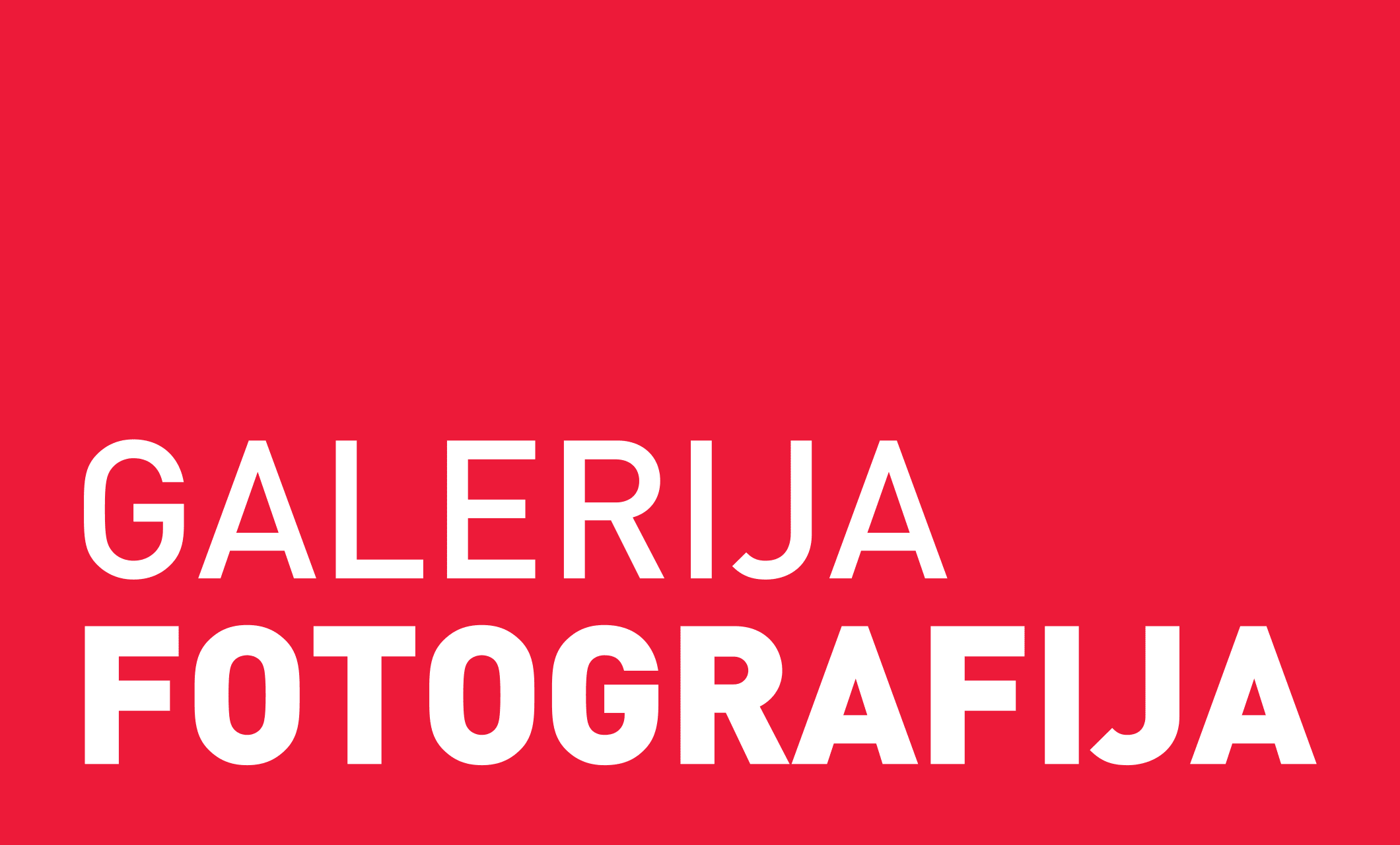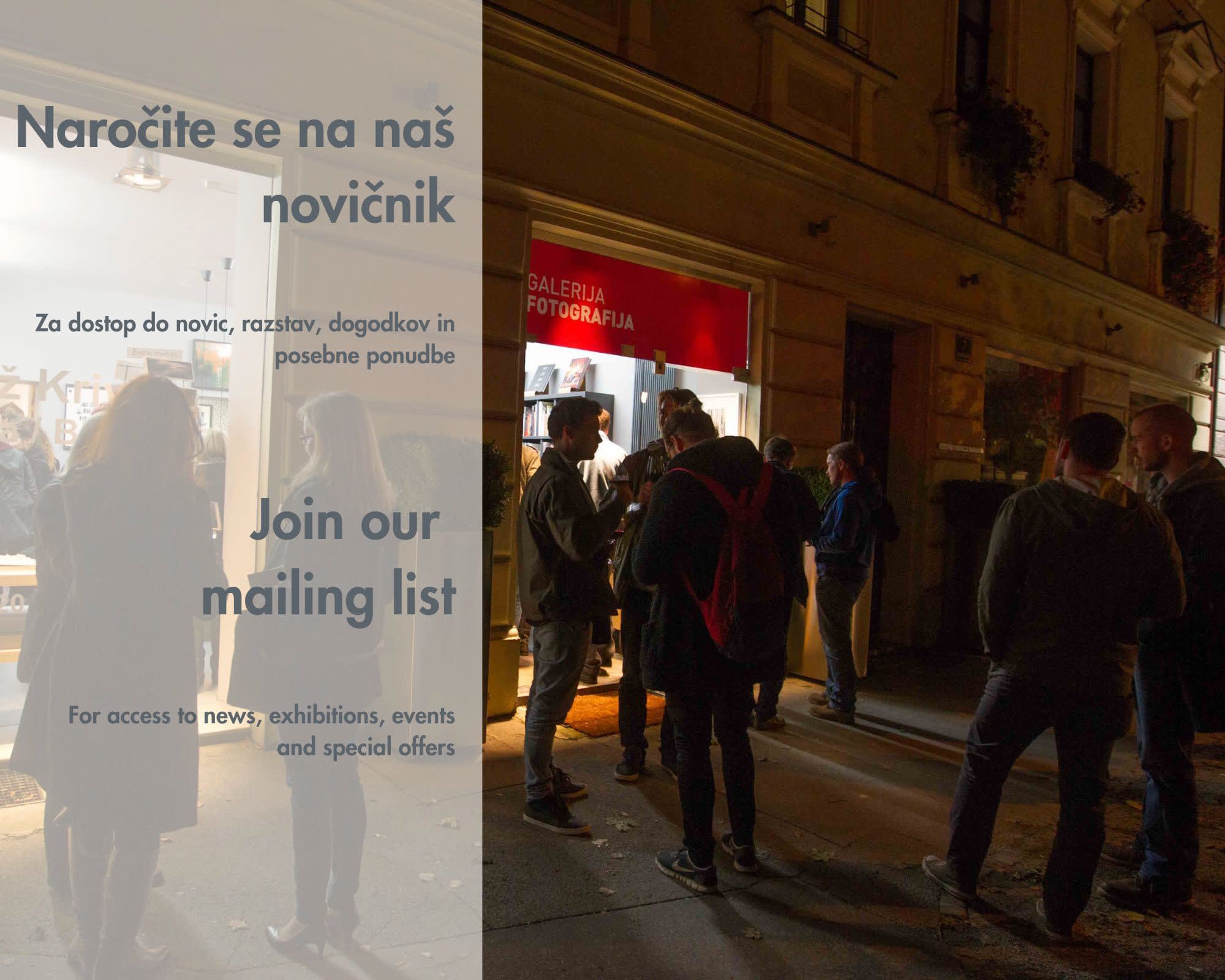Matjaž Tančič: Hḗrōs
The Hḗrōs is a photographic project created by Matjaž Tančič as a reaction to the recent rise of the refugee crisis in the Mediterranean. It was accomplished during a three-week artist residency in collaboration with Artsup on the Greek island of Samos. This island is one of the main European gateways for Syrian, Middle Eastern and African refugees and migrants, but it's also a land marked by a long history and tradition of art and culture.
The project is articulated through a fine tension between this moment of history and the history of art itself. Drawing inspiration from Ancient Greek storytelling and art pieces depicting mythological heroes, Tančič rejected a standard documentary approach in favor of something more personal. This allowed him to not only focus on real human destinies in a unique way, but also to portray his subjects in a completely new perspective. Essentially, Tančič decided to exploit, as French theorist G. Didi-Huberman put it, an anachronistic character of the image. This means that even though the Hḗrōs project serves as a witness of current humanitarian and political problems, Tančič found a way to escape the simplistic logic of mass-media coverage by opening a multi-layered space of artistic and historical reflection.
The connection to mythological heroes followed naturally from the fact that the island's migrants and refugees took the very same sea routes and dangerous itineraries as the heroes of ancient mythology. But the analogy does not stop there: like their mythological precursors, they had enough courage and strength to brave a long journey through uncertain seas in order to find a better future. During the residency, Tančič collected stories from migrants, refugees and humanitarian workers in addition to photographing them. When reading those poignant stories and looking at their monumental portraits, the title becomes obvious, although they all readily rejected it - probably because modesty is also a characteristic of real heroes. But if the project had a subtitle, it would certainly be something like “Ode to Humanity.”
Hḗrōs reminds us, indirectly, of the importance of knowledge of the other. The series does not put forward poor people without names, but particular individuals with particular stories, hopes and plans who have already done enough to be considered heroes of our times. In other words, the project sheds light on all of those – migrants, refugees and volunteers – who would have otherwise remained just a mere number. The refined photographic composition and the atmosphere of the images put even more emphasis on their heroic characters while simultaneously creating a visual dialogue with images of ancient heroes.
The project got its decisive methodological articulation through an experimental approach to different materials, techniques and work processes. The final photographs were printed onto life jackets and pieces of rubber boats the artist found on the island's remote beaches. These concrete objects used by refugees and migrants during their journey now serve as an artistic medium to present them as heroes. Paradoxically, single-use and almost banal items became artifacts that will keep and preserve their stories for the future. Furthermore, in a parallel to the ancient sculptors commissioned to create statues and immortalize people and stories from the past, an expert in the old photographic technique called salt prints was commissioned to make the prints and preserve them in the memory. Besides the symbolism of the sea and migrants' perilous journey across it in the name 'salt,' the salt print technique is another layer of experimental questioning, in this case of the history of photography. The recurring mix of new and old reinforces the idea of the subtle balance between the actual present situation and many historical references. But it is even more important that this technique, invented by photography pioneer H. Fox Talbot, is one of the most durable, as are these contemporary plastic materials that could possibly last thousands of years. In consequence, the resulting artworks offer, in the manner of modern archaeology, future vestiges of our time. They will convey and transmit our contemporary stories, practices and artistic solutions to the next generations. Some day, someone might once again reinterpret this project, just like this project did with ancient art.
In this sense, Hḗrōs is less a document and much more an open book with echos of past, present and future. It is a kind of tribute to those who survived but also to those who did not. We know that photography has the ability to present an absence, but the images of an open sea, incorporated into this portrait series, double that effect. Their silence carries a disturbing suggestion of all the lives lost in addition to the ones portrayed.




